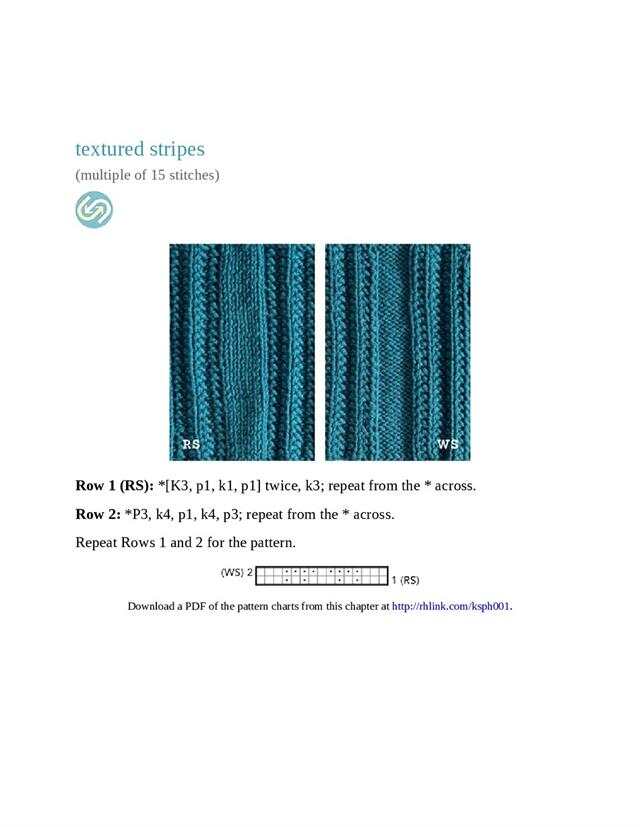Knitting Patterns for a Woolen Scarf: A Detailed Guide
This detailed guide provides knitting patterns for a woolen scarf. It covers a range of patterns, including simple, basic scarves suitable for beginners, as well as more complex designs for experienced knitters. The guide also includes tips on choosing the right wool, needles, and other equipment, as well as advice on troubleshooting common knitting problems. Whether you're a beginner or an experienced knitter, this guide has something for everyone, providing inspiration and guidance to create a beautiful woolen scarf.
When it comes to crafting a beautiful and functional piece of clothing, few projects are as rewarding as learning how to knit a woolen scarf. Not only is it a great way to stay warm during colder months, but it can also be a great way to show off your creativity. In this comprehensive guide, we’ll cover the basics of knitting a woolen scarf, from selecting the right materials to mastering different patterns.

Chapter 1: Materials and Tools
The first step is to gather the necessary materials and tools. For this project, you’ll need:
Wool yarn: Choose a color and thickness that suits your needs. Different types of wool will have different properties, such as softness, warmth, and durability.
Knitting needles: Select a size that matches the thickness of your yarn. You’ll need two needles to form the knit stitches.
Scissors: Used to cut the yarn when you’re finished knitting.
Tapestry needle: Used to weave in the ends of the yarn after knitting.
Chapter 2: Basic Knitting Techniques
Before you start knitting your scarf, it’s essential to learn the basics. Here are some essential techniques to master:
Casting on: This is the process of binding the first row of stitches onto your needle. There are several methods, including the basic cast-on and the elastic cast-on.
Knitting rows: Once you’ve cast on your stitches, you’ll need to know how to create rows of knit stitches. This involves using the needles to form loops and pull them through each other.
Purling: Purling is the process of creating a reverse-faced stitch that will alternate with your rows of knitting to create a more textured pattern.
Binding off: When you’ve finished knitting your scarf, you’ll need to bind off the last row of stitches using a method such as the basic bind-off or the elastic bind-off.

Chapter 3: Patterns and Designs
Once you’ve mastered the basic techniques, it’s time to explore different patterns and designs for your scarf. Here are a few popular options:
Garter stitch: This pattern involves alternating rows of knitting and purling, resulting in a simple, open-worked design that is both functional and elegant.
Stockinette stitch: This pattern is achieved by always facing the same side of the work, resulting in a smooth, tightly-knit surface that is perfect for colder weather.
Cable patterns: These involve creating cables by crossing certain sections of yarn over each other, resulting in a more intricate and stylish design.
Chapter 4: Finishing Touches
After you’ve completed your scarf, there are a few finishing touches you can add to make it even more special. Here are a few ideas:
Weaving in ends: Use a tapestry needle to weave in any loose ends of yarn into the body of the scarf for a cleaner look.
Blocking: This is the process of shaping and sizing your scarf after it’s finished. You can use blocking wires or pins to hold it in place while it dries.
Fringing: Add some extra length and texture to your scarf by adding fringes at both ends. Simply cut several strands of yarn at regular intervals along the edge of the scarf and knot them together at the base.
By following these steps, you’ll be well on your way to mastering the art of woolen scarf knitting. Not only will you have a beautiful piece of clothing to show for it, but you’ll also have a newfound appreciation for the craftsmanship and creativity that goes into making each stitch. So grab your materials, follow our guide, and start knitting!
Articles related to the knowledge points of this article:
Title: Mastering the Art of Quickly Tying a Tie
Title: How to Write 领带 in English? The Ultimate Guide
Feather Jacket Repair: A Necessary Evil for Winter Wardrobe
Title: Designing and Prototyping a Silk Scarf Machine: A Step-by-Step Guide
Title: The Classic Hermes Silk Scarf: A Comprehensive Guide to the Most Iconic Designs



